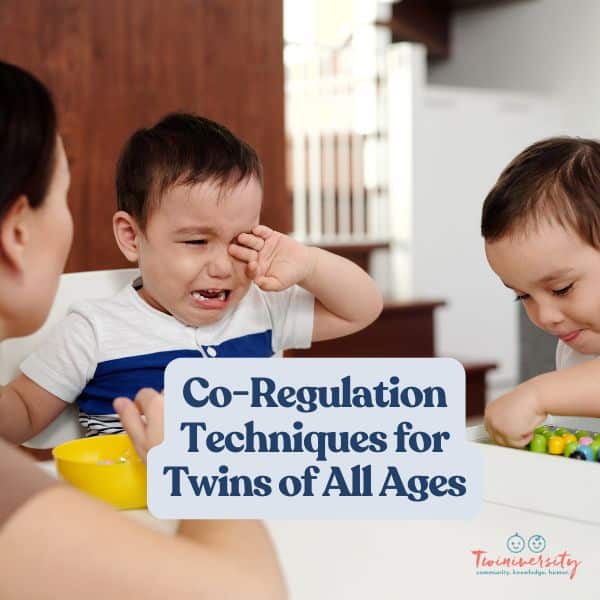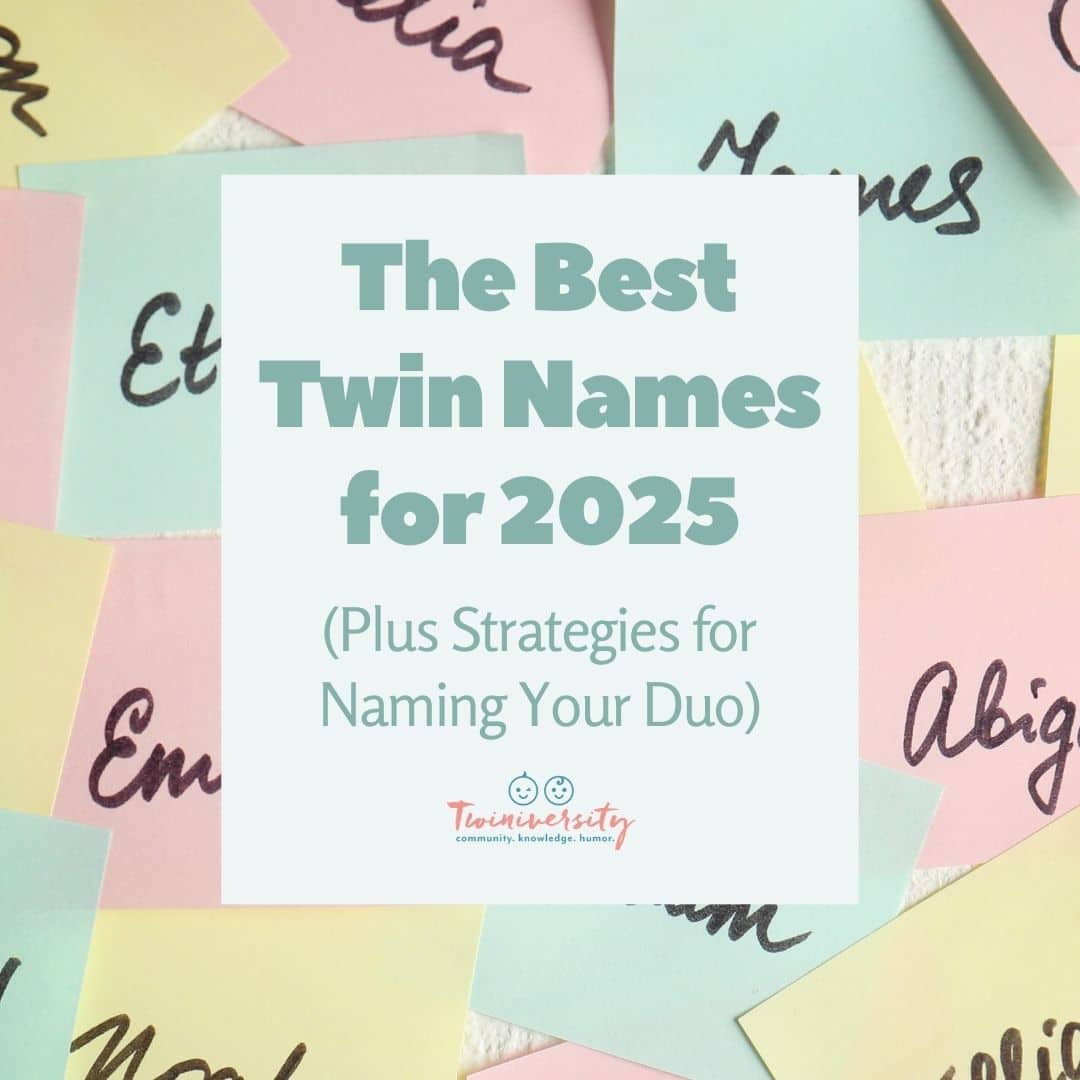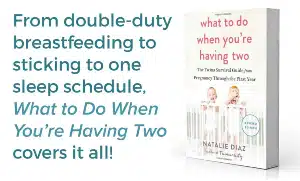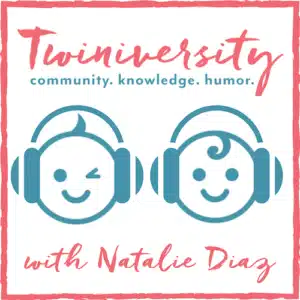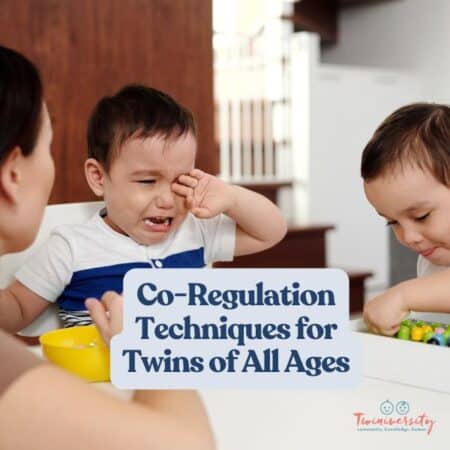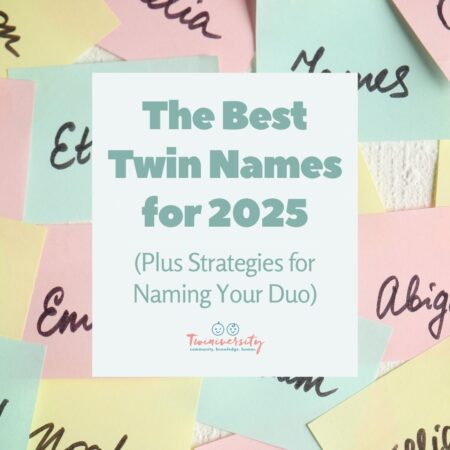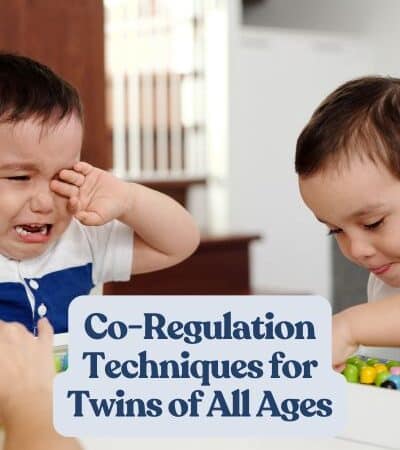
As a twin parent, tantrums and certain behaviors in general can feel extra overwhelming–for both you and your twinnies. So we’ve rounded up some helpful co-regulation techniques and self-regulation strategies for kids that you can use to better navigate all those challenging moments.
You may have heard of the terms self-regulation and co-regulation before. But what do they actually refer to, and why are they important to you as a twin parent?
What are self-regulation and co-regulation?
Self-regulation is the ability to calm your own emotions and your body back to a state where you function at your best. A person who can self-regulate is able to monitor their own behavior, judge their own behavior, and react to their own behavior.
Self-regulation has been shown to improve your emotional well-being, your perception of social support, and your overall life satisfaction. As such, self-regulation is an essential skill for an adult.
And of course, it becomes your job as a parent to teach this skill to your twins. But, babies, toddlers, and young children aren’t able to self-regulate on their own right away. So, that’s where co-regulation comes in!
Co-regulation is modeling regulation by engaging in regulating behaviors with someone. Through this mutual act, children eventually learn to regulate themselves.

There are many co-regulation techniques you can carry out with your twins. Read on to learn ways you can model self-regulation strategies for kids every age.
Co-regulation techniques for newborns and infants
When your twins are first born, they require the support of a caregiver to satisfy all of their needs. So just as you assist your tiny twinnies with feeding and cleaning, it’s also important to help them with their emotional regulation.
If you’re worried that this will require extra work on your part, don’t despair! Luckily, many acts that you naturally engage in with your twin-fants are inherently co-regulatory.
For example, rocking a crying baby or singing a lullaby are both regulatory acts.
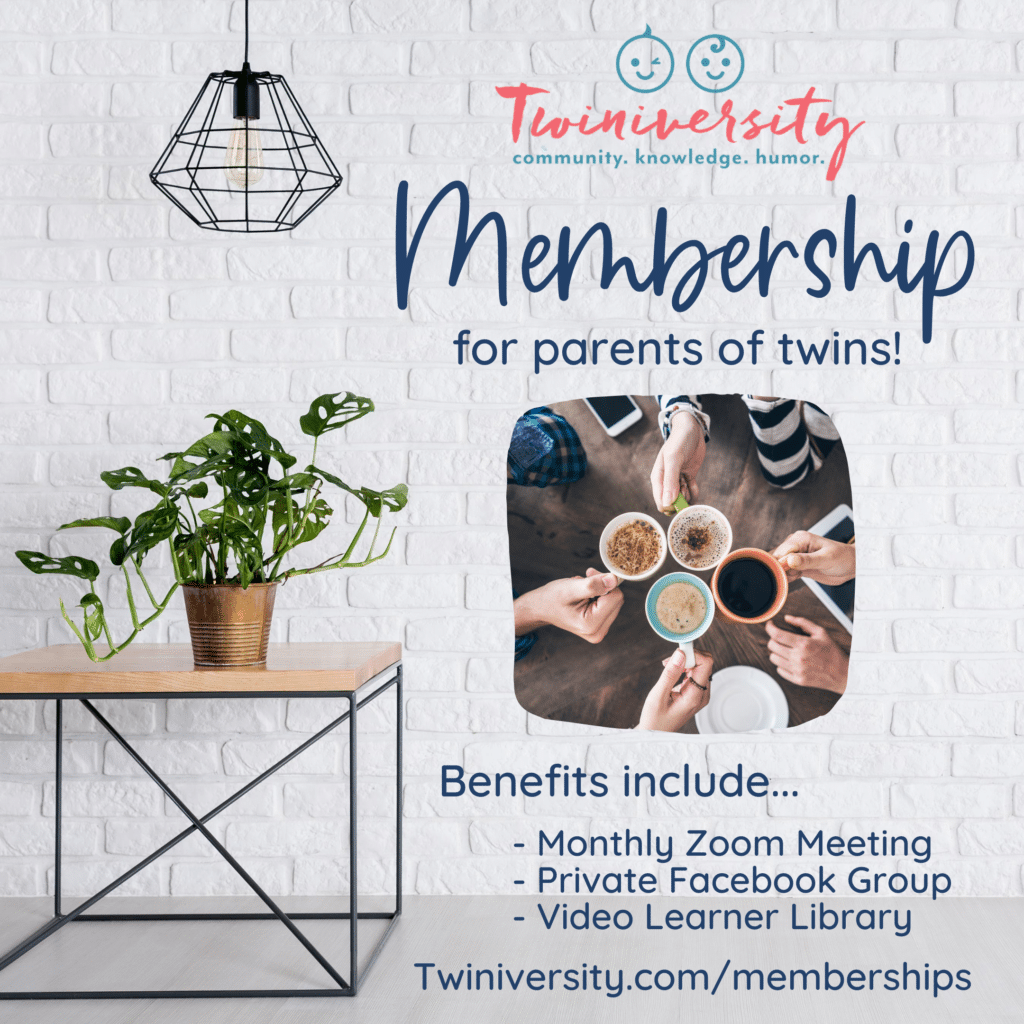
Need some twin parent friends? Get the support you need with a Twiniversity Membership. Benefits include a monthly twin parent club meeting on Zoom, access to a private Facebook group just for twin parents, and a video library of twin parenting lessons. Visit Twiniversity.com/membership to join today!
Other co-regulation techniques you can try out with your babies include:
- Allow your baby to lay on your chest and hear your heartbeat.
- Hold your baby while you take deliberate, audible deep breaths.
- Rub or lightly pat their back or tummy.
- Use gentle “shushing” just loud enough for them to hear.
- Take a walk in the stroller or drive in the car and let the vibration soothe them.
- Give them an infant face massage. (Slowly stroke your baby’s face by pointing your middle and pointer fingers down from their forehead. Then gently trail your fingers down their nose and up and over each eyebrow.)
Of course as infants, they won’t be able to perform these self-regulation strategies on their own for quite a while. But through these co-regulation techniques, you are helping them with the vital task of stabilizing their nervous system. This will help them more consistently be in an emotional state where they can learn new skills (like feeding and self-soothing).

Now, what about when those twinnies of yours reach their first birthday and beyond? How should your approach to co-regulation change? More on this age-group next!
Co-regulation techniques for toddlers and preschoolers
As your twins mature into toddlerhood and go on to preschool, they become more aware of the patterns in their sensations and emotions.
That’s why at this age, it’s essential for parents to begin using language to help their children begin to name and make more sense of these feelings. Also keep in mind that toddlers and preschoolers get excited for chances to move and play. So this is a super helpful approach to co-regulation for this age group.
Here are some co-regulation techniques to try with your toddler twins:
1. Breathing strategies
At this age, have your child look at you so they can watch and observe the physical signs of breathing. To help with this, encourage your twins to make a bubble with their tummy while breathing. You could also show them the Sesame Street Belly Breath video and then encourage belly breaths when they are upset.
Another helpful slow breathing technique is pretending to suck air through a straw or inhaling and exhaling while tracing the outline of your fingers. (Inhale when you you up a finger, and exhale when you go down a finger.)
2. The power of a hug
Toddlers and preschoolers still tend to love hugs to help regulate. But if they’re not in the mood for a hug, you can also teach them other ways to get this need met. For example, your twins can hug a stuffed animal or use a weighted lap pad for a similar hug effect.
They can also do a self-hug the Daniel Tiger way: Give a squeeze nice and slow (they hug themselves). Take a deep breath, and let it go.
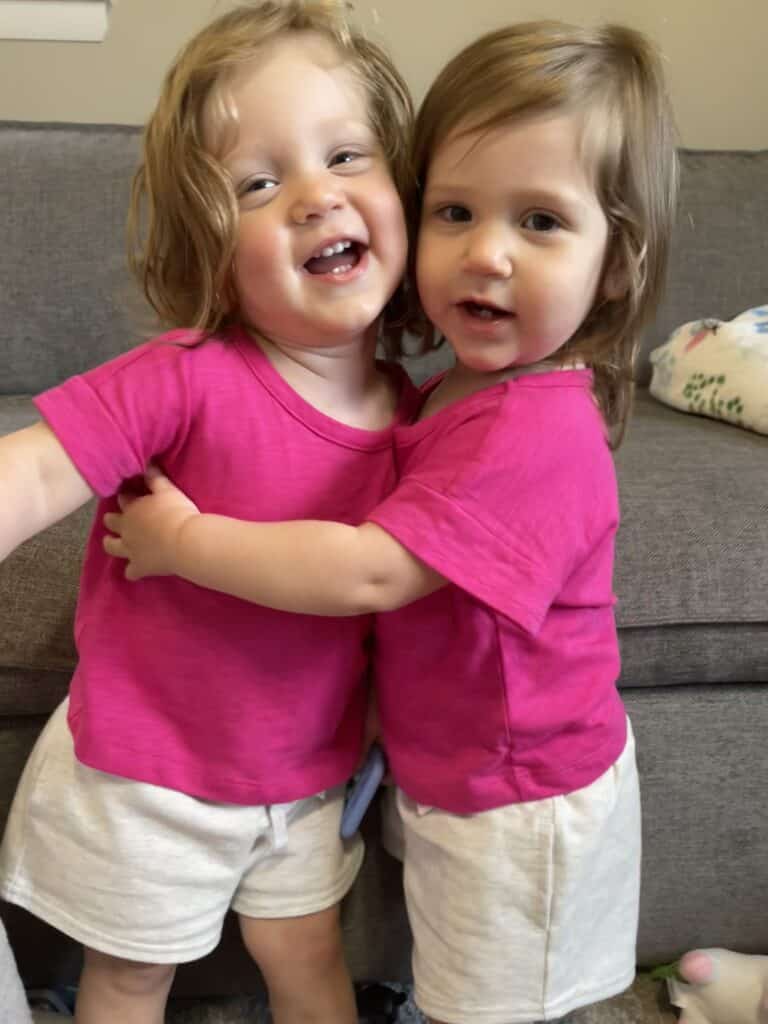
3. Start talking about feelings
Help your child learn the words for the things they are feeling in their bodies and what those emotions might be associated with.
For example, you can say something like: “Your face is getting very red. I think you might be feeling angry right now. Do you feel angry?”
Or to help your twins recognize emotions outside of themselves: “Your brother is crying. It looks like he’s feeling sad right now. How can we help him if he’s feeling upset?”
Here’s an example of a book that’s helpful for naming and talking about emotions with your toddler twins!
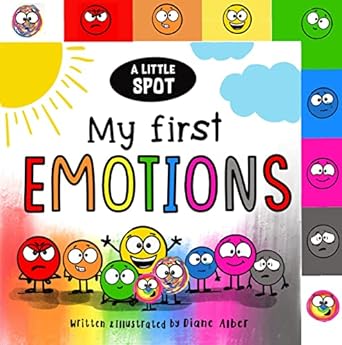
4. Physical activities, games, and art
Games that involve lots of body movement like Red Light, Green Light or Freeze Dance are great strategies to encourage a quick calming of the body. You could also make a safe “jump zone” in your living room with couch cushions or perform the Head, Shoulders, Knees, and Toes song.
Another great self-regulation strategy for kids is to pretend to be a noodle. This can help them figure out how to relax their tense muscles.
5. Sensory toys
Sensory toys are exactly what they sound like. Toys that engage one or more of your kiddos’ five senses! From simple play-dough to elaborate water tables, the options are seemingly limitless!
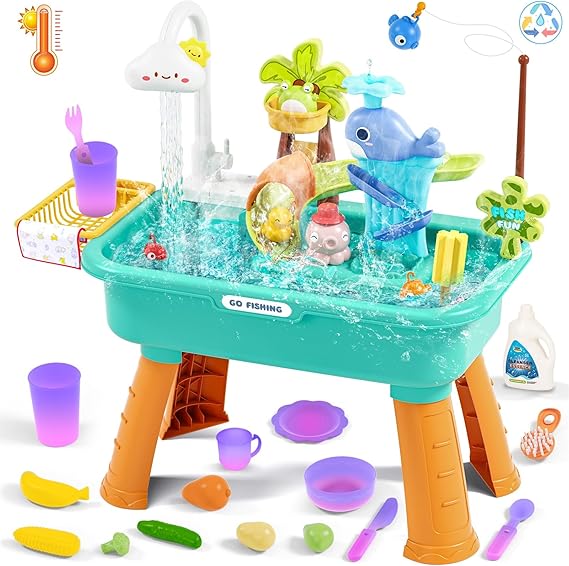
Glitter wands provide fascinating visual stimuli, while crinkle paper is both fun to feel and hear. Pop-its are an easy-to-use, mess-free sensory option that you can find pretty much everywhere nowadays.
You can even put together your own sensory bins full of items like beads, putty, puff balls, and bright colors. Or for a full-body sensory experience, you could pour a bag of rice or corn kernels into a large box for your twins to sit in.
Want some inspiration for making your own sensory bins? Check out this article for tons of ideas!
6. Arts and crafts
Arts and crafts are another great way for toddlers and preschool-age kids to express emotions and calm their nervous system.
Whether you simply get out a set of crayons or kick up the notch to something like finger-painting, the act of creating with their hands can help them self-regulate.
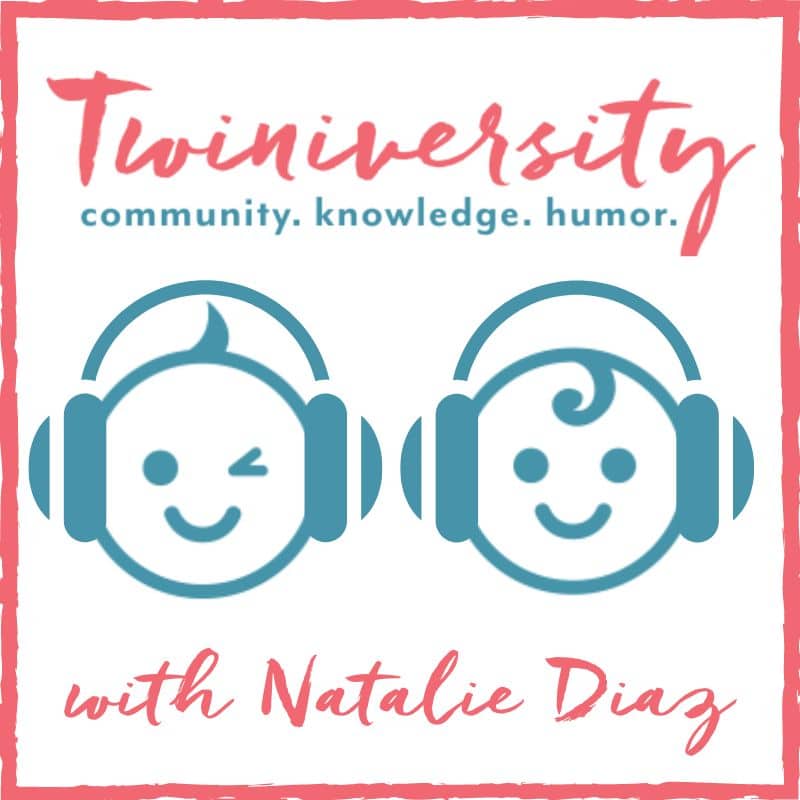
Got twins? Us too! The Twiniversity Podcast with Natalie Diaz was created BY parents of twins FOR parents of twins, from your pregnancy days through your twin’s teenage years, this podcast covers it all. It’s all about parenting twins, offering plenty of strategies for making life better, parenting hacks, and, of course, humor. We are laughing WITH you every step of the way.
Co-regulation techniques and self-regulation strategies for elementary age kids
With elementary age kids, you are building on the skills your twins learned in their toddler and preschool years. At this stage, they are expanding their emotional vocabulary and using more sophisticated skills with more precision.
Coregulation at this age continues to involve lots of verbal processing and also encouragement of independent skill usage. It’s also important to work on problem solving, decision making, and instilling confidence.
Here’s more guidance on co-regulation strategies for elementary twinnies:
1. We still want to talk to kids about feelings, but at this age instead of making observations about their emotions, ask them to observe themselves.
Ask, “what are you feeling right now?” If they don’t know, point out some clues you see to help them pinpoint what it might be.
2. Processing of feelings can now sometimes be independent.
At this age, your twins can start journaling or sing an emotional song. If your child is using this skill, once they’ve calmed down, ask if they want to share what they did. (But don’t force them if they say no).
3. Hugs can still be used at this age (or any age for that matter).
However, there are all kinds of things that can meet a physical need for touch or compression. You can teach a child at this age to wrap their body tight in a blanket or bury themselves deep in the couch.
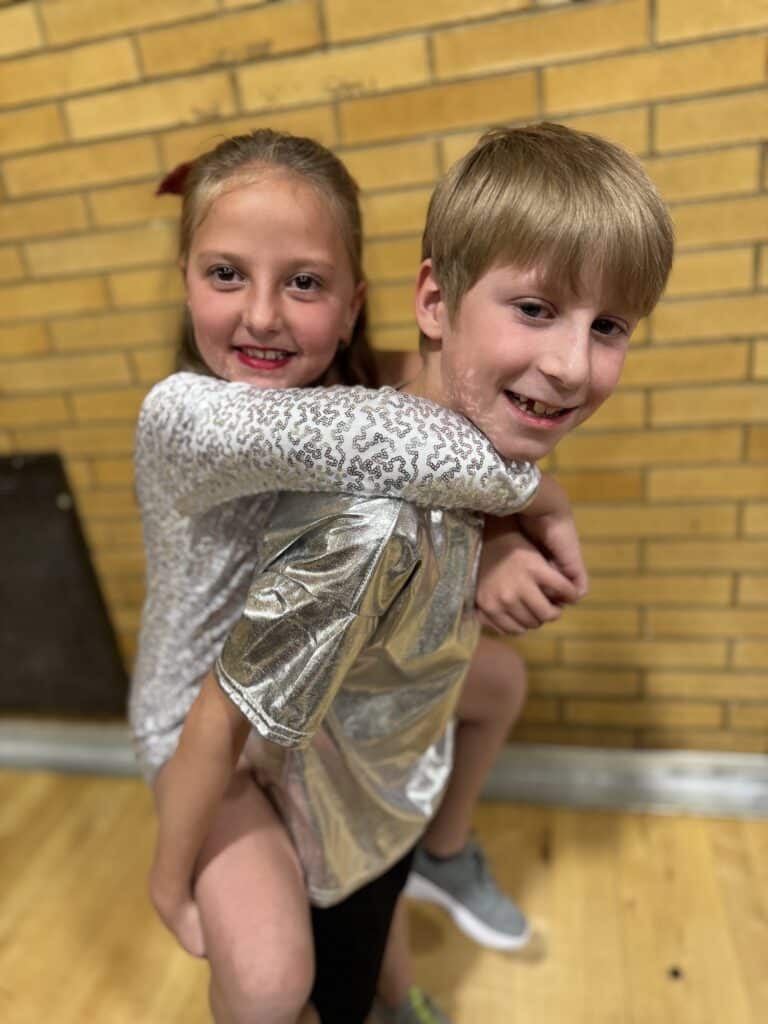
4. If they come to you with a problem, instead of giving them the answer, help them break it into pieces.
This helps them to see problems as manageable, weigh options and consequences. If there are two appropriate resolutions, let them choose which one they think is best. Make sure to provide lots of verbal encouragement through the process.
5. Age appropriate puzzles and logic puzzles are also great ways to teach delayed gratification and problem solving.
Teach them to give themselves little bits of verbal encouragement throughout the process.
6. Help them create a calm down kit.
What goes in the kit should be personal to your child’s individual needs. The size of the kit will likely depend on whether or not you want it to be mobile. The kit can include things that appeal to the senses such as things that smell and/or feel nice.
It can also include things that motivate them, such as a picture of a trophy they won. Or encouraging messages they write for themselves or that are from loved ones.
Self-regulation strategies for tweens and teens
At this age hopefully your child has been learning regulation techniques for years. But now, they should be able to use their skills independently on a regular basis to help them through regular day-to-day stressors.
One hurdle to expect around this time though is the influx of hormones they are experiencing. With their hormones creating all sorts of chaos, you’ll still want to be on hand to help with both the big things and small things that might feel overwhelming to them.
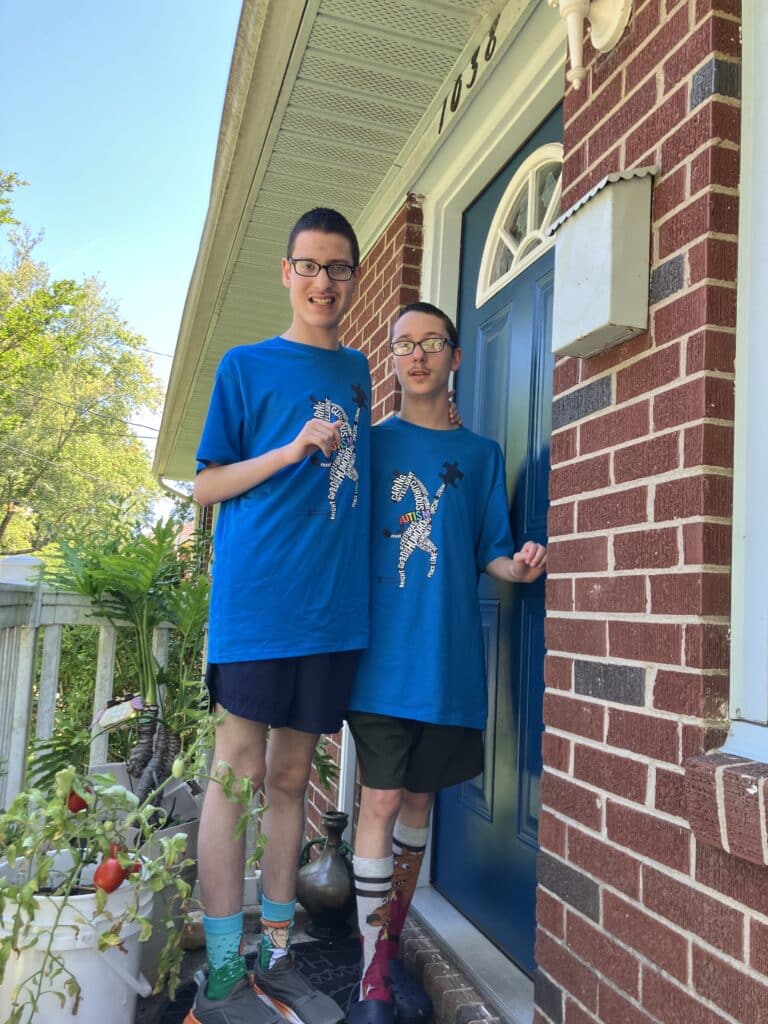
Here are some helpful tips for encouraging self-regulation with your teen and tween twins:
1. Encourage open communication about feelings.
Have a non-judgmental approach (even when their responses seem odd to you). Providing a listening ear can help them feel heard and understood. And withholding your judgment (as hard as it can be at times) helps teach them not to judge themselves.
2. Breathing continues to be a great self-regulation skill.
You can begin to teach more complicated breathing techniques such as square breathing, aka box breathing.
3. Youth at this age can really benefit from movement-related mindfulness techniques.
Activities like yoga or tai chi are great examples! And it’s pretty easy to find videos online to teach these techniques if you’re not familiar with them already.
4. Encourage healthy life choices.
Remind them that their bodies work better with sleep, water, and a well-balanced diet. Some of those “big” problems will automatically seem smaller when their body is functioning at its best.
5. Encourage them to join a group or activity related to their interests.
They can participate in a sport they enjoy, a social club, or maybe community service work. The activity doesn’t matter as much as the fact that they are participating in it.
Participating in a structured activity takes some of the pressure off of social interaction while still satisfying the very human need for social interaction. A true win-win all around!
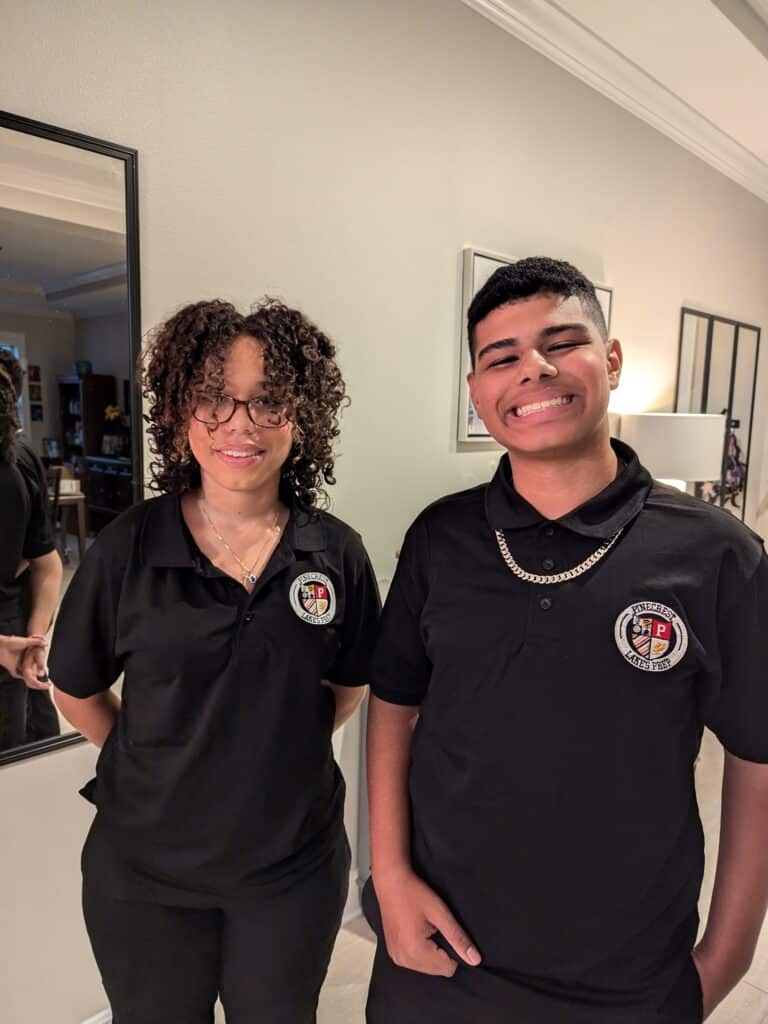
Other considerations for co-regulation strategies
As a parent of twins, there may be certain developmental stages that make you feel extra “on-edge.” Know that this is completely normal, and it doesn’t mean there’s anything wrong with you (or your twins)! An extra child does mean extra stimulation for you as the caregiver.
Twiniversity tip: If you feel that either of your twins is really struggling with self-regulation, and they’re under the age of 3, reach out to Early Intervention. They can help evaluate whether or not your child would benefit from additional supports or therapies.
But no matter what age your twinnies are, remember: you can’t help others regulate when you are not practicing self-regulation yourself.
Practicing self-regulation is a great way to model for your child, but it also helps get you to a state where you are ready to successfully co-regulate.
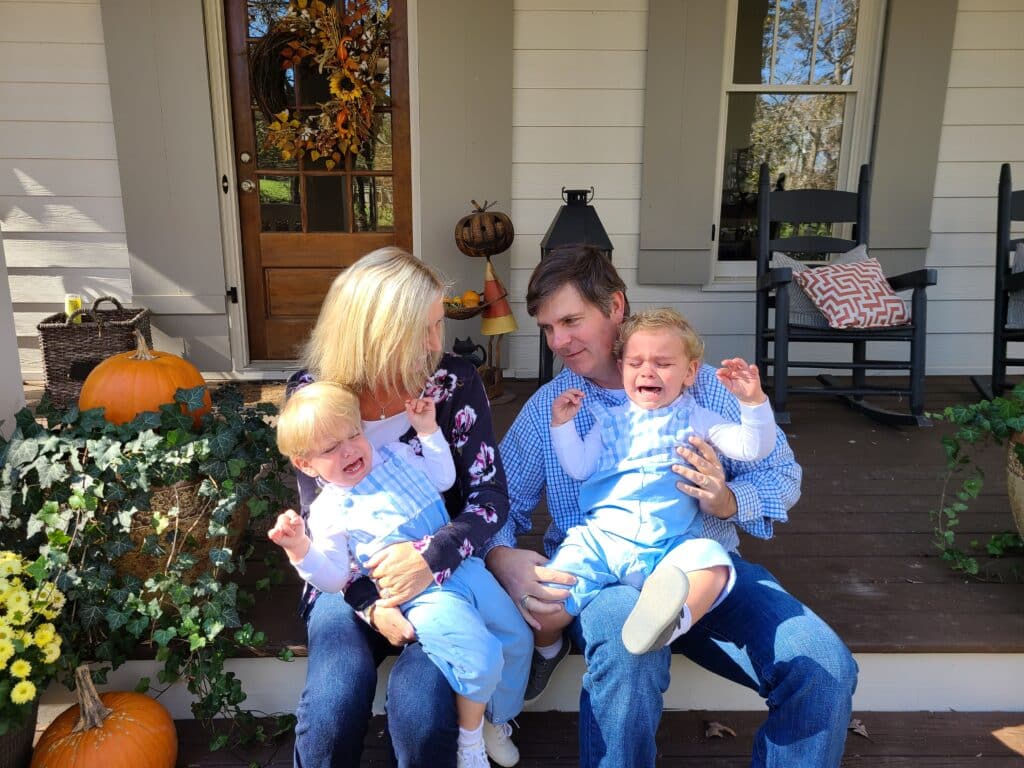
Remember to check-in with yourself regularly to ensure you are in the best place for co-regulation.
Consider creating a code word with your spouse or parenting partner that you can use in those tricky moments where you feel too revved up to help your kids regulate. Any regulated adult can support regulation with a child.
Final thoughts on co-regulation strategies and self-regulation techniques for your twins
Self-regulation is an important life skill that increases our well-being and sense of success in daily life. Like any other skill, it takes practice (for both our twins and ourselves as adults).
You can help your child learn this skill in all stages of their development. By using the information above, you will support your child growing into a well-regulated adult.

Maya Mason lives in the Twin Cities, MN and works in juvenile corrections. Maya is the mom of boy/girl twins named Theo and Teia who were born at 24 weeks. For personal and professional reasons, Maya is very passionate about dimensional wellness. She trains and writes on several topics related to wellness and also trains on topics around body image, diversity and connecting with youth. Maya loves to spend time with her family, play volleyball and travel. She also is an avid writer, writes for several organizations and is in the process of writing a teen fiction series. You can follow Maya as an author on Facebook.

